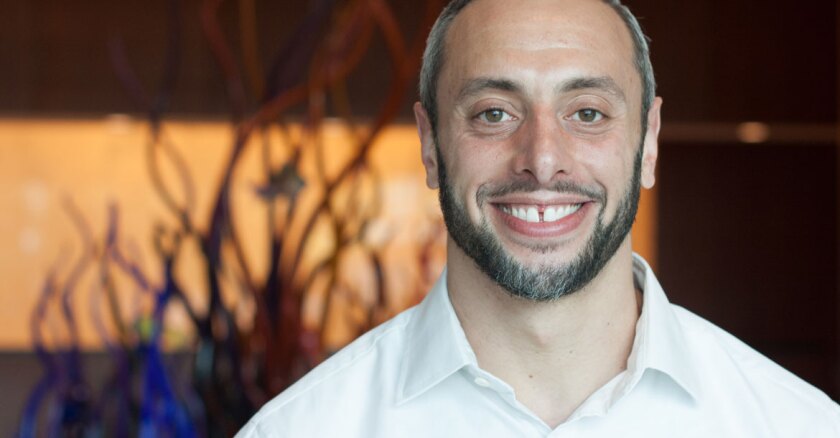That's a challenge facing government at every level. And it's one that Franklin-Hodge, who will step down tomorrow, met head-on in the way he equipped the city for the rollout of advanced mobile communications infrastructure. He laid the groundwork for an efficient approval process that promotes competition among service providers, preserves the look and feel of Boston's streets, and will produce significant revenue for the city.
It's also a challenge that Neil Kleiman and I address in our book, A New City O/S: The Power of Open, Collaborative, and Distributed Governance. Outdated regulatory systems need to be reformed so that they don't thwart the rapid adoption of transformative technologies. Franklin-Hodge's work to speed the rollout of small cell wireless antennas across Boston is a prime example of what can be done to meet that challenge.
Unlike traditional cell towers, which can cover many square miles, small cell antennas (often referred to simply as "small cells") support only a couple of city blocks. For that reason, they must be widely distributed geographically, meaning many installations across unique terrains. This logistical challenge, however, pales in comparison to the benefits of having the infrastructure in place. Small cells add to a city's resilience: if one goes down, there are others nearby that will likely still be working. They can provide network capacity in underserved places. And while small cells are useful additions to 4G LTE networks (the current standard for wireless internet connectivity) they are expected to be necessary to support the impending proliferation of 5G, which promises cellular internet speeds up to 10 times faster.
What Franklin-Hodge says he's most excited about is small cells' potential "to serve as a fixed wireless alternative to wired broadband, especially given the tremendously uncompetitive nature of the current market." Instead of perhaps one or two wired broadband companies serving a market, small cells can and should enable multiple competitors to vie to provide the best coverage at the lowest prices.
From a financial standpoint, the chief investment by the city has been the time and consideration put into reviewing carrier designs and soliciting feedback from the public. Once the carriers are ready to invest in a particular location, Boston has created a standardized license agreement: a 10-year term, with the option for the city to renegotiate licensing prices at years four and seven. "If it were purely a cost-recovery model, we would do as cities typically do and try to minimize our expenses," says Franklin-Hodge. "That would result in a far less efficient and far less functional process."
Good results have come quickly. Hundreds of small cells have already been installed. According to the city, 90 percent of the carrier agreements are being approved within 10 business days and 100 percent of them within 28 business days. Franklin-Hodge projects that small cells will bring in over a million dollars in revenue yearly. He also mentioned that the city has taken a small amount of that income and dedicated it to a digital equity grant program for community organizations to improve broadband adoption across the city and help residents make better use of the technology.
In creating an expedited regulatory process, Franklin-Hodge oriented Boston to controlling important issues of design, local use and equity for emerging technology that's likely to be vital to the city's future. It's an agile approach to procurement that sets limits on vendors but not on their ability to innovate.









